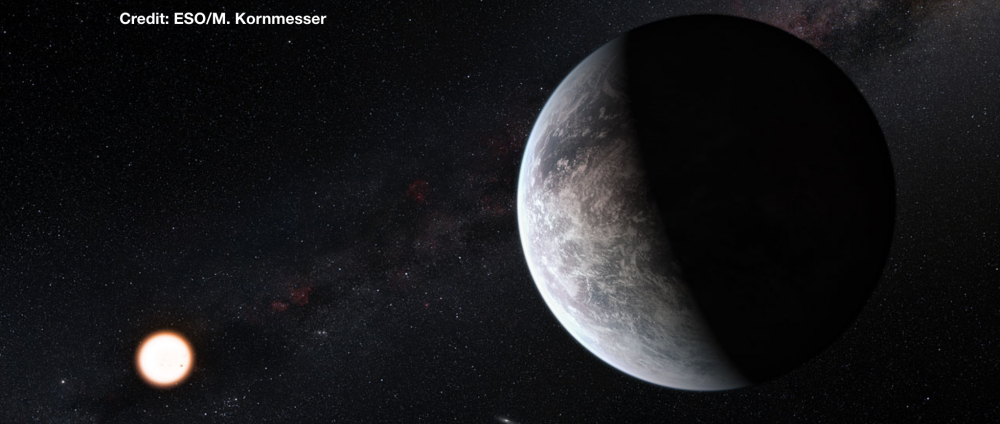While over 3,000 exoplanets have been discovered to date, no planet has been found that remotely resembles an Earth-analogue (here defined as an Earth-like planet in an Earth-like orbit around a solar-like star). While planets have been found that resemble Earth in terms of their radius and mass, many of these are in extreme orbits. This includes planets such as the lava-world Kepler-78b, which orbits its host star in just 8.5 hours! Terrestrial planets have also been found orbiting within the temperate zone of low-mass cool stars, where their far shorter orbital periods (just a few days) make them relatively easy to detect (e.g. Trappist-1). However, the tight orbits of these planets raise severe questions as to their true potential for habitability. Lying in such close proximity to their stars, flares may strip away any atmosphere. Furthermore, the accompanying X-rays would also be harmful to biological material and deplete water via disassociation. Tidal locking may also slow the planet’s spin period to match its orbital period – potentially shutting down the planet’s protective magnetic shield. In addition, this could cause a global collapse in the atmosphere as it freezes out on the permanent night-side.
For these reasons there is a drive towards the discovery of true Earth-analogues. Upcoming space missions such as PLATO (adopted for launch by ESA in 2027) are specifically designed to identify Earth-analogue candidates as they transit their host stars. Meanwhile, the next generation of highly-stabilised spectrographs such as ESPRESSO (which saw 1st light in December 2017) promise to reach the radial velocity (RV) instrumental precisions required to measure the mass of an Earth-like planet – technically enabling the future confirmation of these candidates as bona-fide planets, and enabling their bulk densities to be inferred. However, manifestations of stellar magnetic activity (such as starspots, faculae, and convective blue-shift suppression) generates signals that overwhelm the radial velocity signals induced by an orbiting Earth-analogue.
Our ISSI team bring together experts in planet-hunting, solar physics, stellar activity, instrumentation, as well as theoretical stellar astrophysics and sophisticated signal processing techniques to probe these issues.
The links above provide more information about what we are doing to address these issues with the support of the International Space Science Institute.
| Name | Affiliation | Country | Expertise |
| Chris Watson | Queen’s University Belfast | UK | |
| João Camacho | Institute of Astrophysics and Space Sciences | Portugal | |
| Andrew Cameron | University of St. Andrews | UK | |
| Heather Cegla | Geneva Observatory | Switzerland | |
| Jean Costes | Queen’s University Belfast | UK | |
| Michael Cretignier | Geneva Observatory | Switzerland | |
| Xavier Dumusque | Geneva Observatory | Switzerland | |
| João Faria | Institute of Astrophysics and Space Sciences | Portugal | |
| Pedro Figueira | ESO | Chile | |
| Raphaelle Haywood | Harvard CfA | USA | |
| Luca Malavolta | University of Catania | Italy | |
| Nadège Meunier | University Grenoble Alpes | France | |
| Tim Milbourne | Harvard CfA | USA | |
| Annelies Mortier | University of Cambridge (till 07/2022)
Now: University of Birmingham |
UK | |
| Mahmoudreza Oshagh | Georg-August-University of Göttingen | Germany | |
| Katja Poppenhaeger | Leibniz Institute for Astrophysics Potsdam | Germany | |
| Ansgar Reiners | Georg-August-University of Göttingen | Germany | |
| Steve Saar | Harvard CfA | USA |
